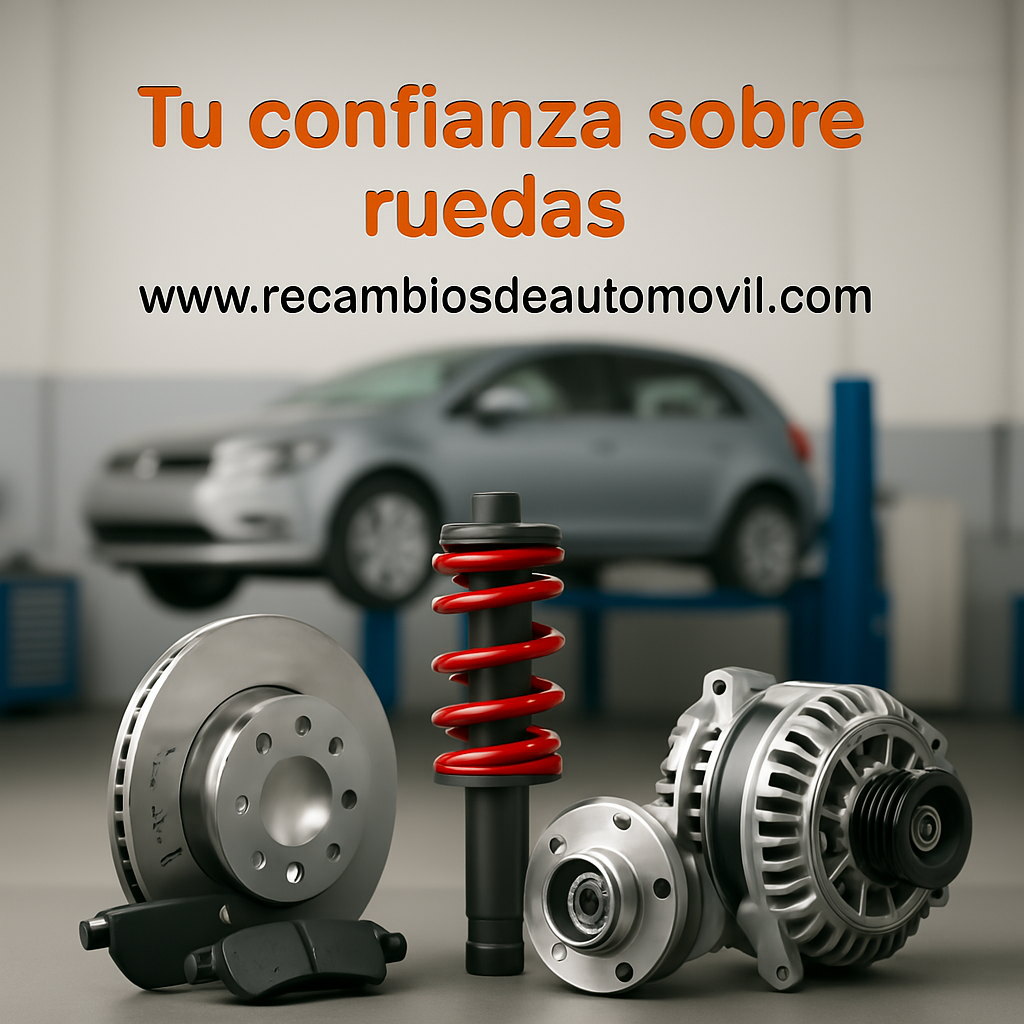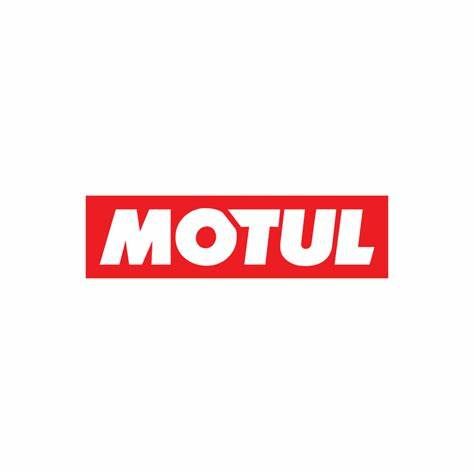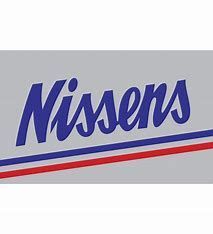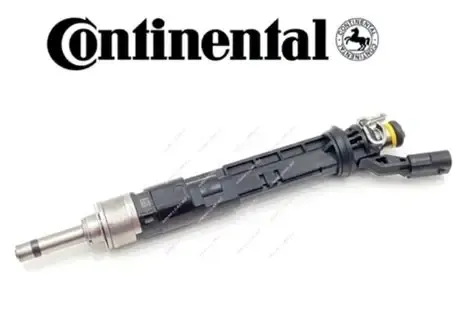Types and Operation Diesel injectors are the heart of the fuel injection system in modern diesel engines. Their main purpose is to atomize diesel fuel at high pressure into the combustion chamber, creating a homogeneous mist of fine droplets that promotes efficient mixing with the hot, compressed air. A precise and controlled injection process contributes to optimizing engine performance, reducing polluting emissions, and improving fuel economy. There are various diesel injector technologies, each with specific design, control, and application characteristics. A diesel injector is primarily composed of: a nozzle holder: a steel block that guides the fuel from the high-pressure line to the internal pressure chamber; a needle valve (or injector needle): a conical piston that hermetically seals the nozzle's outlet orifices at rest; a spring: a force that keeps the valve closed until fuel pressure exceeds the threshold required to open it; a nozzle: a part perforated with one or more orifices through which fuel is expelled at extremely high pressure; Piezoelectric coil or crystal: An actuator that, upon receiving an electrical signal, allows or prevents the valve from opening. Return fitting: Seals the injector and evacuates excess fuel for internal lubrication and return to the tank. During each engine cycle, the diesel pump generates pressures that can range from 100 to 2,000 bar. When the pressurized fuel reaches the nozzle holder and overcomes the force of the spring, the needle rises, releasing fuel through the nozzle orifices. When the pressure is released, the spring pushes the needle back against its hermetic seat, interrupting the flow. Electromagnetic (solenoid) injectors Solenoid injectors are the most common in previous generation diesel engines. Their electromagnet consists of a coil of copper wire that generates a magnetic field when it receives an electric current. This field overcomes the force of the spring and raises the needle, initiating injection. Characteristics: Opening/closing time: About 1 ms, sufficient for a single injection stage. Control: Managed by the command unit (ECU) via variable-width electrical pulses (PWM). Advantages: Moderate price, robustness, and easy integration into mechanical and electronic systems. Limitations: Slower response than piezoelectric; less precise pressure and quantity control for very short injections. These injectors are typically used in first- and second-generation common rail injection systems, where rail pressure is high, but the ECU does not yet require extremely short pulses or multiple injections in a single cycle. Piezoelectric injectors Piezoelectric injectors represent the most advanced evolution in diesel injection technology. Instead of a coil, they use piezoelectric crystals that, when an electrical pulse is applied, deform instantly and transmit force directly to the needle. Characteristics: Response speed: tenths of a millisecond, allowing multiple injection events in a single cycle (pre-injection, main injection, and post-injection). Precision: Extreme accuracy in fuel quantity control, optimizing combustion and reducing NOx and particulate emissions. Complexity and cost: more expensive and require specific electronic circuits in the ECU and careful thermal management. Applications: high-efficiency, low-emission diesel engines (Euro 6 and above), high-performance turbodiesels. Thanks to their ability to manage very short injection sequences, piezoelectric injectors smooth combustion, reduce engine noise, and improve acoustic comfort. Mechanical injectors and pump-injector systems Before the popularization of common rail, diesel systems used mechanical injectors in combination with distributor pumps or unit pumps: Rotary pump (distributor): a pump generates high pressure and distributes it to each injector sequentially using an internal rotor. Inverted pumps (unit injectors): each cylinder has a high-pressure pump integrated directly onto the injector. Pressure is generated locally in each unit. Pump-injector unit: compact and capable of reaching moderate pressures (up to 900 bar). Advantage: eliminates high-pressure piping, reduces the number of seals and leak points. Disadvantages: greater weight, mechanical complexity, and noise; less versatile injection control than common rail. Although currently obsolete in passenger cars, pump-injector systems are still used in industrial applications and heavy machinery due to their simplicity and tolerance to low-quality fuels. Common Rail System The common rail revolutionized diesel injection in the early 2000s. Its architecture separates pressure generation from fuel metering: Common rail ("rail"): accumulator tube that maintains constant high-pressure fuel (up to 2,500 bar) for all cylinders. Independent high-pressure pumps: raise the pressure to the rail. Solenoid or piezo injectors: each receives pressurized fuel from the rail and meters it under direct control of the ECU. Advantages: Independence of injection pressure and engine speed. Possibility of multiple fine injections per cycle: improves efficiency, reduces noise and pollutant emissions. Flexibility: automatic adaptation to load and temperature conditions. Common rail is today the standard in automotive diesel engines, offering the best combination of fuel economy, performance, and compliance with environmental regulations. Maintenance and common faults The condition of the injectors directly impacts engine performance and longevity: Blocked or worn needle/nozzle: causes loss of power, jerking, and black smoke. Internal or external leaks: high fuel consumption and difficult cold starts. Electrical faults (burned solenoid or damaged piezo crystal): synchronization failure and loss of injection in one or more cylinders. Fuel contamination: sediment and water damage internal components. The Common Rail era (1997–present) Common Rail separates pressure generation from metering, revolutionizing diesel injection: Late 1990s: CR reaches 140–160 MPa with Bosch CP1 and CP2 pumps, allowing double injections per cycle. Second generation: Boost pressures of 180–200 MPa and a three-phase strategy (pre-, main-, and post-injection) to treat particulate and NOx emissions. Third generation: Piezoelectric actuators with response times of 0.1 ms, enabling up to five fine injections and superior atomization. Fourth generation: Pressures of up to 250 MPa with internal hydraulic boosting in injectors, improved thermal peak control, and ultra-low emissions [^10]. Current CR systems meet Euro 6 and future regulations, optimizing fuel consumption, reducing noise, and enabling downsizing with turbochargers.
CONTACT
Email: info@recambiosdeautomovil.com
























































